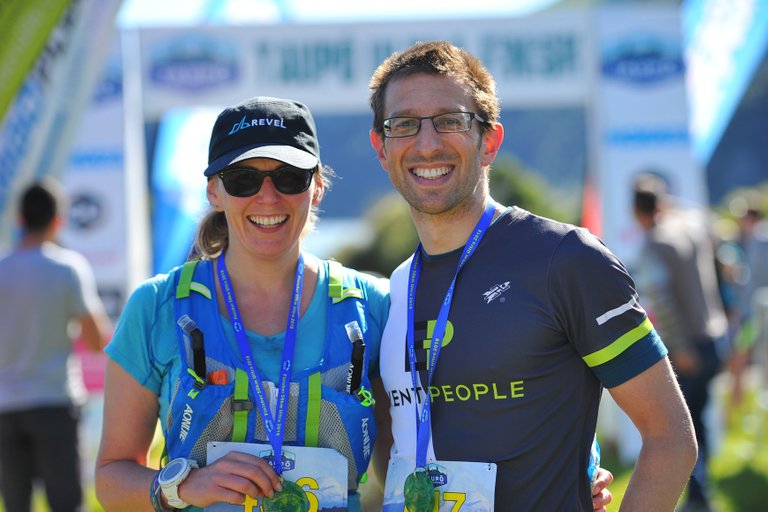
Vince and I at the finish line of my first ultramarathon (50k) in October last year.
Recently I had a friend start using MAF training in order to avoid over training and doing too many of his runs too fast. After my disappointing run at the Gold Coast Marathon at the beginning of July I was willing to try anything to improve my fitness and speed. MAF training has been working well for my friend so I figured why not. My boyfriend @run.vince.run also thought it was worth a try as well.
What is MAF training?
“MAF stands for Maximum Aerobic Function. The method focuses on improving the function of the aerobic system, the fat-burning engine responsible for fueling all of the body’s needs."
A well-functioning aerobic system leads to:
- Burning more fat and a leaner body.
- Increased overall energy and brain function.
- Greater endurance, strength, speed and physical fitness.
- Injury and disease prevention.
- Many other improvements in all areas of life!
(retrieved from: https://philmaffetone.com/what-is-maf/)
So what does that mean?
It basically recommends training at a heart rate that is aerobic rather than anaerobic. It also mentions other factors such as nutrition and stress but I am only going to focus on the exercise.
How do you figure out what heart rate to train at?
There is a very simple way to calculate your training heart rate:
The 180 Formula
To find your maximum aerobic training heart rate, there are two important steps.
- Subtract your age from 180.
- Modify this number by selecting among the following categories the one that best matches your fitness and health profile:
a) If you have or are recovering from a major illness (heart disease, any operation or hospital stay, etc.) or are on any regular medication, subtract an additional 10.
b) If you are injured, have regressed in training or competition, get more than two colds or bouts of flu per year, have allergies or asthma, or if you have been inconsistent or are just getting back into training, subtract an additional 5.
c) If you have been training consistently (at least four times weekly) for up to two years without any of the problems in (a) and (b), keep the number (180–age) the same.
d) If you have been training for more than two years without any of the problems in (a) and (b), and have made progress in competition without injury, add 5.
I decided to keep it simple and just subtract my age from 180. So for me (I'm currently 39 years old for another 4 weeks) my maximum heart rate is 180-39= 141. (NB: There are exemptions for athletes over 65 years of age and under 16 years of age)
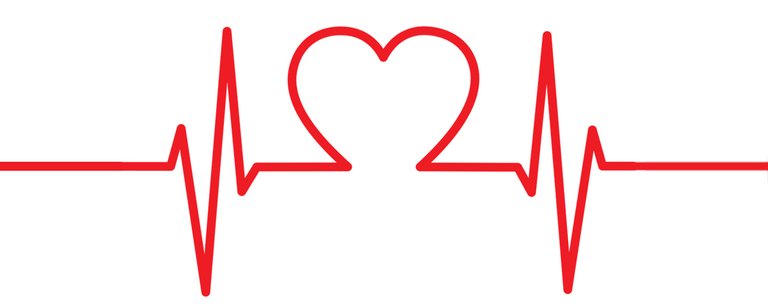
How have I found it?
Admittedly I am only 3 weeks into trying MAF training but I think I am converted. My first long run was three weeks ago. I did an out and back course from home with the plan of running 45 minutes in one direction, turning around and running back for another 45 minutes. I am 39 so my max HR is 141. Running out I was doing pretty well at keeping my heart rate down. I noticed it increased going up hills (and in my ignorance I just kept running). It was an undulating run and after 45 minutes I stopped took a Revvie (which is basically a caffeine hit) and started on my way home. I can hear you say “What? You took a caffeine hit?” Yip! Rookie mistake, my heart rate sky rocketed and was all over the place, sometimes over 170 beats per minute. In order to get it down again I would have had to walk and I didn’t want to walk. I got really frustrated with how slow I was having to run to keep my heart rate down that when I was a few kilometres from home I decided to ignore my heart rate and try and get my pace back. Admittedly it was not a very successful first attempt. I got home and was frustrated that it had been so much more difficult than I had anticipated.
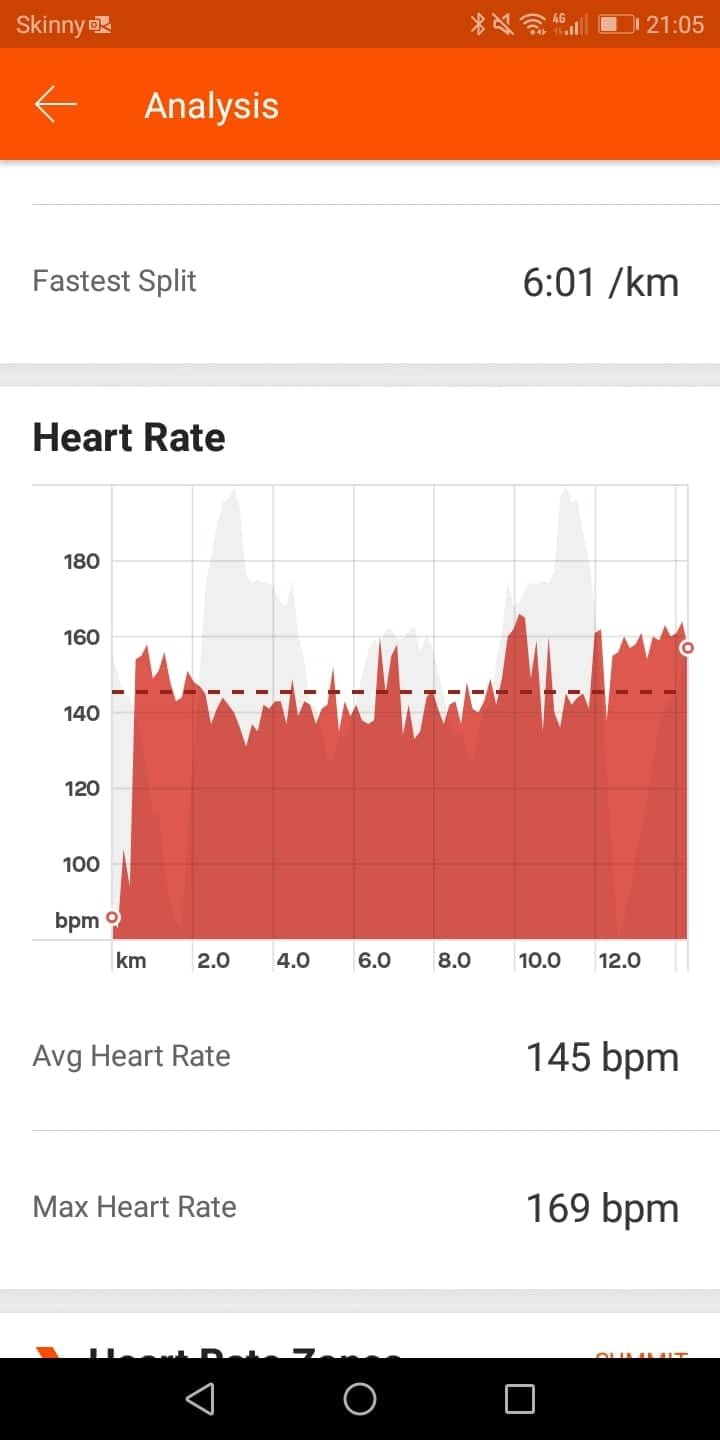
My heart rate graph from my first attempt.
I decided to not give up after one bad run and give it another go. I had a second attempt on the treadmill after an easy bike. My plan had been to do 5k. Initially I was running really well and a lot faster than I had the week before, just before the 5k were up my heart rate soared and I had to slow to a walk, once my heart rate got back down I decided to speed up again but that sent my heart rate soaring again. I eventually realised that if I slowly built the speed back up I could get back to a faster pace but it had to be a slow build up not to make my heart rate rocket up again. I ended up doing 45 minutes on the treadmill and feeling a lot better about the MAF training.
My third attempt the next day was another 90 minute long run. I was lucky enough to have Vince want to run with me and we took the same route I had done the week before. This time I was more disciplined and instead of focusing on my pace I just watched my heart rate. A couple of times I had to slow the pace down, and two or three times I had to walk part of the uphills. The weather was atrocious and we were often met with strong winds and rain. The upside of that was a faster run on the way home with the wind behind us. It did also mean that we got wet and my heart rate belt caused some major chaffing!
Overall, I managed to run faster and further that weekend. Even though my runs are not at what I would call a fast pace and not even close to a pace that I would need to do the marathon at, I know that with time I will get faster (I am seeing speed gains with my friend who has been doing this for 3 or so months now). I also know that at that heart rate I seem to not tire as easily. On Sunday I felt like I could just keep going.
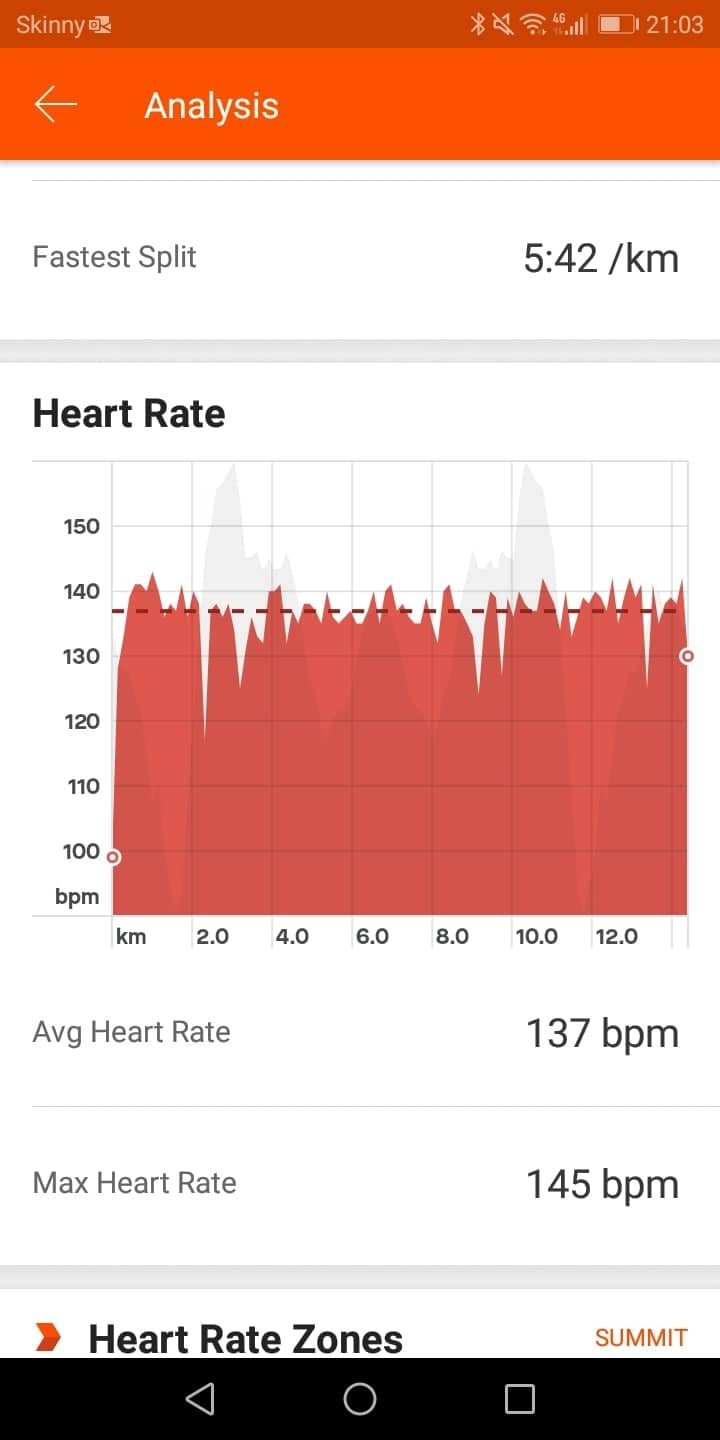
My heart rate graph from my second long run attempt.
This is very much still a work in progress and I will keep you all posted on my progress and how I am feeling about my training. I am hoping that by slowing down I will eventually get a lot faster- or be able to run at what is a fast pace but with less effort. Fingers crossed!
It can be a little nerve racking when we have always been told, the only way to run fast is to "run fast". It sounds counter intuitive to run slower to run faster.
...and remember, you are only one run away from a good mood!.
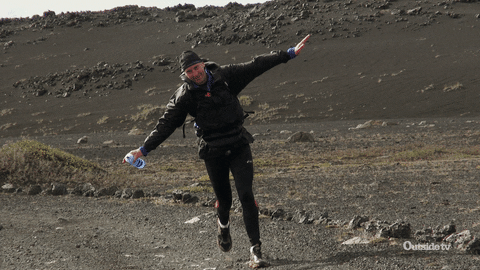
@marenontherun quote
Congratulations @run.kirsty.run! You have completed the following achievement on the Steem blockchain and have been rewarded with new badge(s) :
You can view your badges on your Steem Board and compare to others on the Steem Ranking
If you no longer want to receive notifications, reply to this comment with the word
STOPTo support your work, I also upvoted your post!
Vote for @Steemitboard as a witness to get one more award and increased upvotes!
I have heard lots of people talk about heart rate training. I do not have anything to monitor it and so I tend to run by pace instead. Maybe I need to invest in a monitor watch or something.
Hope it works out for you. Those bad races can really have a negative effect. My DNFs in ultras always leave me down for too long.
Posted using Partiko Android